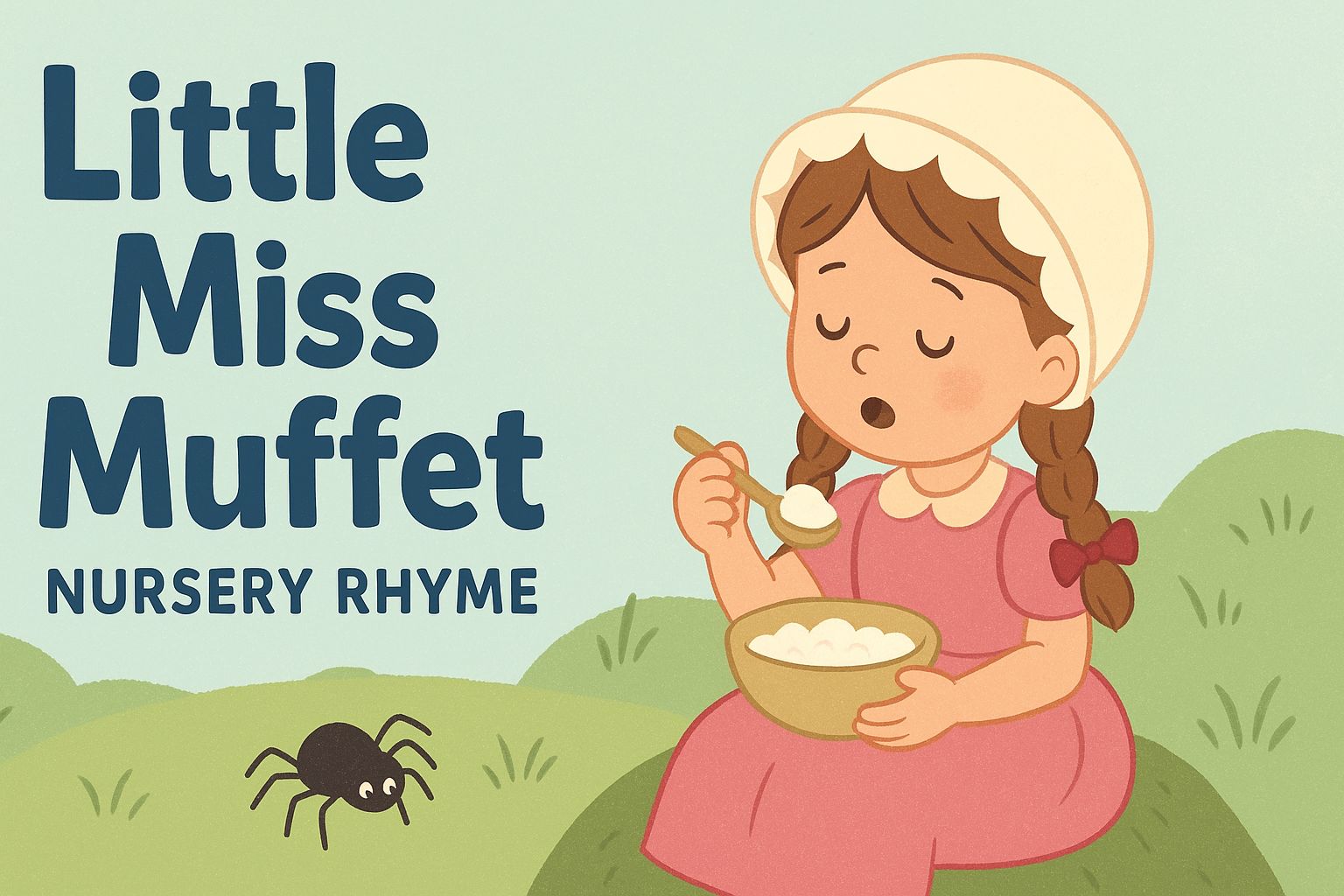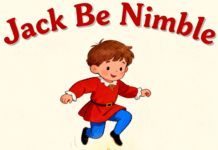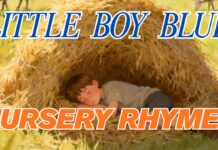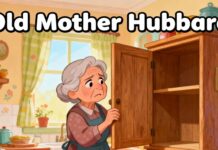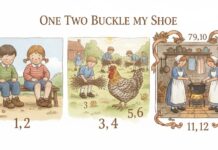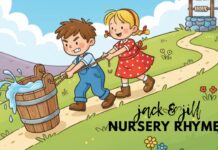LITTLE MISS MUFFET NURSERY RHYMES
🕰 Origins
- First Recorded – The rhyme first appeared in print in Songs for the Nursery (1805), though it may have been part of oral tradition for decades earlier.
- Possible Real‑Life Inspiration – One popular theory links “Little Miss Muffet” to Patience Muffet, daughter of Dr. Thomas Muffet, a 16th‑century English physician and entomologist who studied spiders. However, there’s no concrete evidence connecting her to the rhyme.
- Alternative Theory – Some suggest it’s an allegory about Mary, Queen of Scots, with the spider representing Protestant reformer John Knox—but this is considered speculative.
- Language Notes – “Tuffet” likely meant a small grassy mound or hillock, not a footstool, in its original usage.
📜 Meaning
- Literal Reading – A simple scene: a girl sits eating curds and whey (a common dairy dish) when a spider frightens her away.
- Metaphorical Interpretations – Some modern readings see it as a light metaphor for unexpected disruptions (akin to Murphy’s Law).
- Stylistic Pattern – Fits a common nursery rhyme structure of the era: “Little [Name]” + a domestic activity + an interruption.
🌟 Fun Facts
- Curds and Whey – This is essentially cottage cheese; in the 18th–19th centuries, it was a typical snack for children.
- Illustrations – Victorian and Edwardian illustrators often depicted Miss Muffet on a toadstool, which may have influenced the modern “tuffet as seat” interpretation.
- Variants – Early versions swapped names and settings, e.g., “Little Miss Mopsey, Sat in the shopsey” (1842) or “Little Miss Muffet, sat on a buffet”.
- Cultural Reach – Referenced in literature, cartoons, and even as a character in pantomimes and children’s theatre.
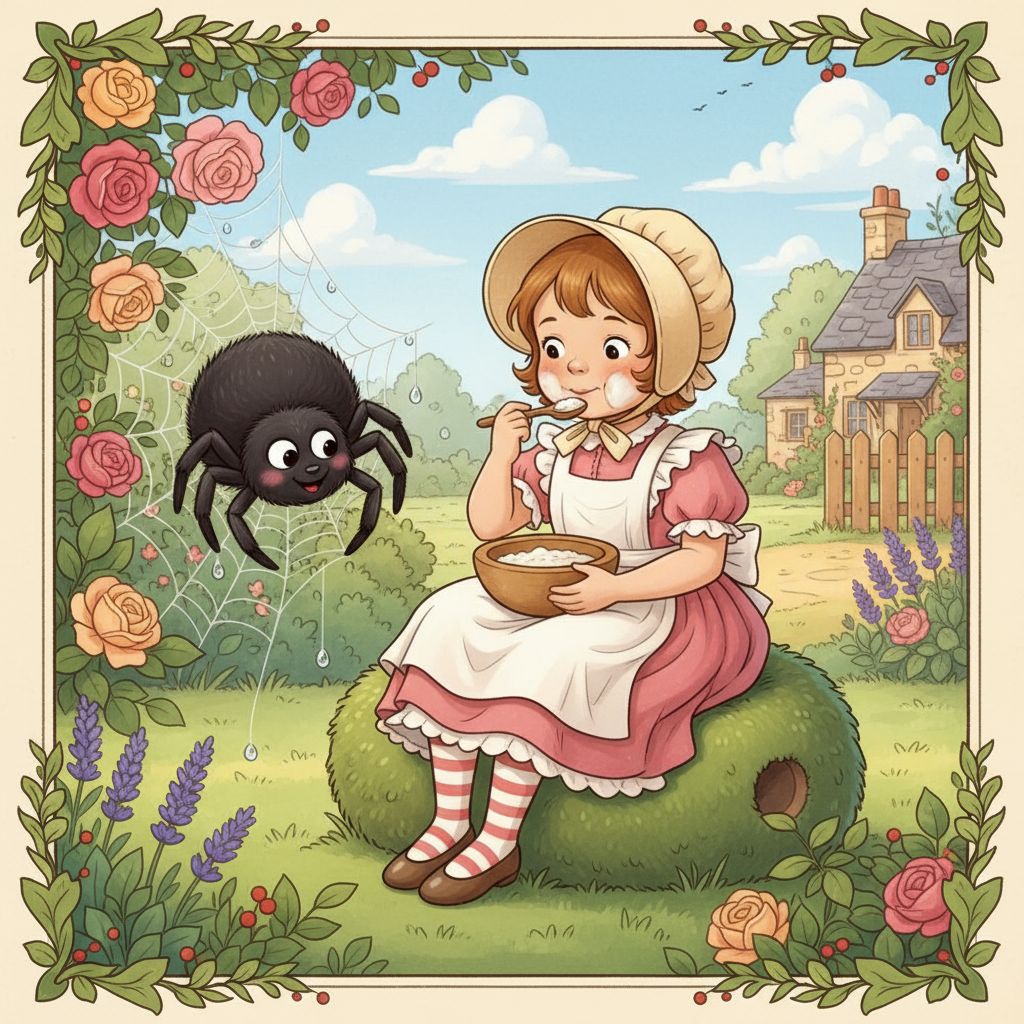
Little Miss Muffet sat on her tuffet
Eating her curds and whey
Along came a spider
Sat down beside her
And frightened Miss Muffet away.










